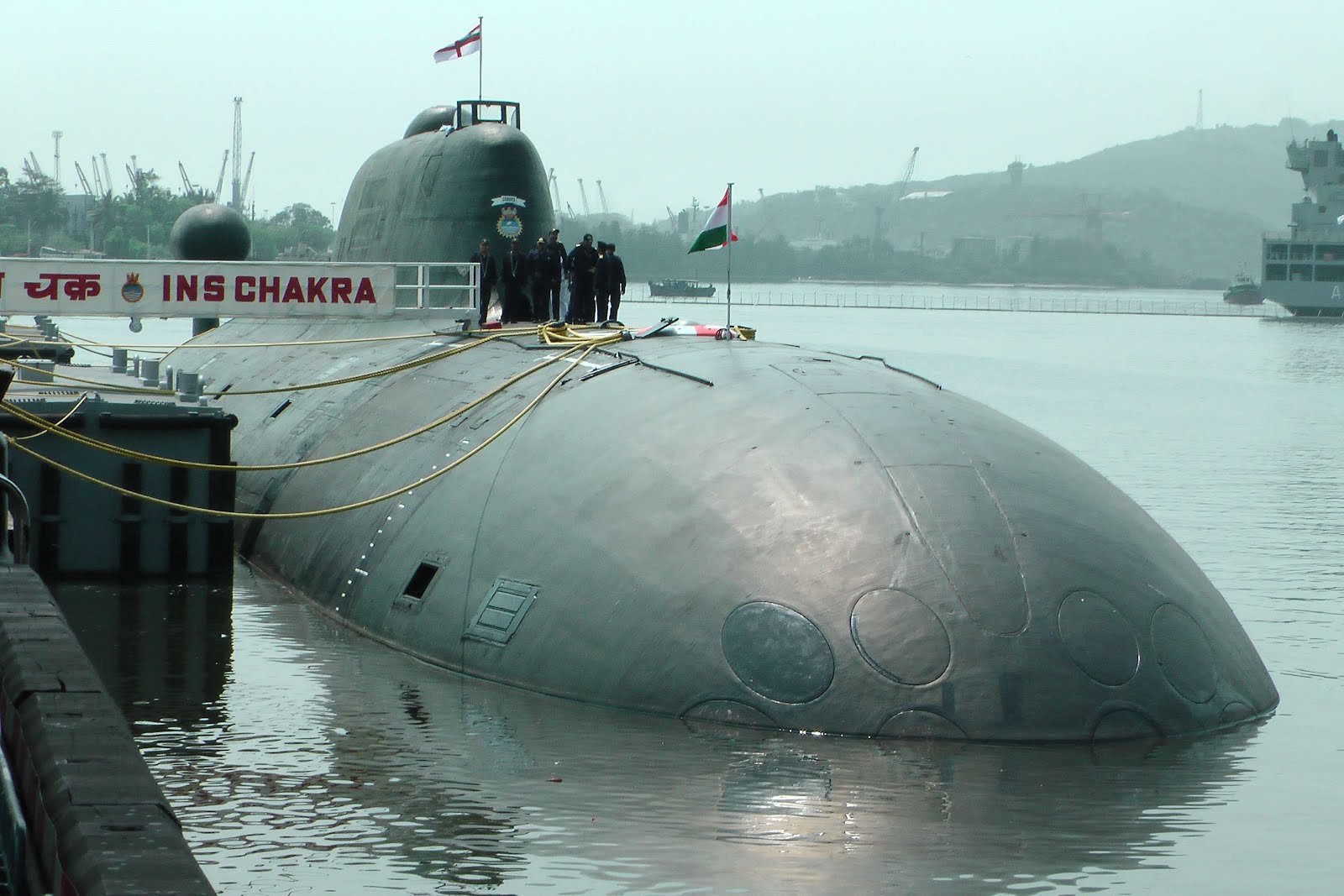India is increasingly finding itself encircled by Pakistan and China. And to counter an ambitious China with its rapidly modernizing naval fleet, India must urgently enhance its underwater capabilities, according to an Indian defense analyst.
- WATCH: Russian Su-30 Fighter Forces F-35 Stealth Jets To Retreat In Their ‘First-Ever Encounter’
- Despite World’s Biggest Navy, Why China Will Struggle To Match Indian Submarines In The Indo-Pacific?
Earlier this month, the Ministry of Defence (MOD) approved the much-awaited Project 75-I, under which six submarines will be built in India.
The EurAsian Times had reported on the tenders issued for the six submarines by the Indian Navy. The Request for Proposals (RFP) “envisages indigenous construction of six conventional submarines equipped with the state-of-the-art Air Independent Propulsion (AIP) system”.
According to reliable sources, France has an edge over the US and Russia in signing a deal for the development of six submarines for the Indian Navy.
Some clear indications would have been out to this effect but the postponement of PM Modi’s visit to France that was scheduled earlier this month (May) may have delayed the same. Modi was scheduled to visit the French SSNs base at Toulon and French SSBN base at Brest.
In 2017, the Ministry of Defence had introduced the policy, under which selected private-sector companies were permitted to manufacture arms and platforms, including submarines, in a partnership model with foreign original equipment manufacturers (OEMs).
The state-run Mazgaon Dockyard Limited (MDL) and Larsen & Toubro are the two Indian companies, which have been finalized by the MOD. The five shortlisted foreign vendors are — Rubin Design Bureau of Russia, Naval Group of France, Navantia of Spain, the German company ThyssenKrupp Marine Systems (TKMS) and the South Korean firm Daewoo Shipbuilding & Marine Engineering.
The first submarine is expected to be inducted by the Indian Navy by 2030.
Indian Navy’s Submarine Program
Defense analyst Prakash Chandra argues that the Indian Navy has made repeated attempts at modernizing its submarine fleets for decades. However, such attempts have been stalled time and time again, with the lack of support from the succeeding governments.

An article by Chandra mentions that India had paid credible attention to the matter of submarines only in 1999, when the rise of China, with its enhanced naval fleet in the Indo-Pacific, became a reality.
“The 30-Year Submarine Construction Program was then charted out to replace the submarine fleet with vessels built under two categories: the P-75 (Scorpene) and the P-75I”, Prakash Chandra wrote on business news platform Moneycontrol.
According to the plan, six submarines were to be built using western technology, while another submarine was to be built in collaboration with Russia. The plan thus envisioned the Indian engineers to be able to build more submarines indigenously with collaboration with domestic and foreign players.
Accordingly, the work began on the P-75 in 2005, though its deliveries have been long overdue. Reportedly till now, only three Scorpene deliveries have been made, and three more are expected to be delivered by 2024.
France Likely To Partner India In Developing Six Nuclear-Powered Attack Submarines – Analysis
The process for the P-75I seems to be much more delayed, as the Defence Ministry could not finalize the foreign original equipment manufacturers (OEMs).
A big boost to the navy’s attempt at enhancing its underwater arms capacity came in 2011 with the recommendations of the Krishnamurthy Committee. The recommendations of the Committee included invitations to private sector investments through the model of public-private partnerships.
It was also recommended that private sector shipyards must also be included in such plans, as they may help in the completion of priority projects.
This, the author writes, was because “policymakers realized that moving in this direction would not only obviate the need to import submarines but would also allow Indian companies to access the Rs 50,000 crore market”.
The report highlights the worries of the Indian Navy, especially in the face of capable adversaries like China. The non-nuclear underwater submarine fleet of the Indian navy comprises 10 kilo-class Russian submarines and four German HDW vessels. These diesel-powered vessels are losing their viability in the race of rapidly modernizing naval fleets.
Also, a majority of these vessels are slated to be decommissioned soon, compounding the problems for the Indian Navy further. According to estimates, India requires around 18 conventional submarines at a time, for its surveillance of Indian coasts, but it may only have 6 submarines for the task.
Push For Nuclear Submarines
The new submarines are expected to be equipped with air-independent propulsion (AIP) systems, which enhance the operational capabilities of the vessels. However, Chandra noted that “the navy would still have to depend on nuclear submarines that have a vital role in India’s nuclear deterrence policy”.
Though the API system lets the submarine stay submerged, it cannot compete on that front with the nuclear-powered submarine. The Indian government had realized the potential of a nuclear-powered submarine, when in 2015, the plan to manufacture six nuclear-powered submarines was accepted.
In 2016, India commissioned the Ship, Submersible, Ballistic, Nuclear (SSBN) Arihant, which made India the only non-permanent member country of the United Nations Security Council (UNSC) to build SSBN.
The Arihant is equipped with 12 short-range K-15 ballistic missiles with a range of 700 to 1,000 km. It can also be adapted to launch four K-4 ballistic missiles with a range of 3,000 to 3,500 km. The INS Arighat, the second vessel in the league, is expected to be commissioned in 2021.
Reportedly, the Indian Navy is currently working on building two more Arihant-class SSBNs at Visakhapatnam. Even with this, India is far from bridging the gap in naval capability to maintain the tactical equilibrium in the region.





